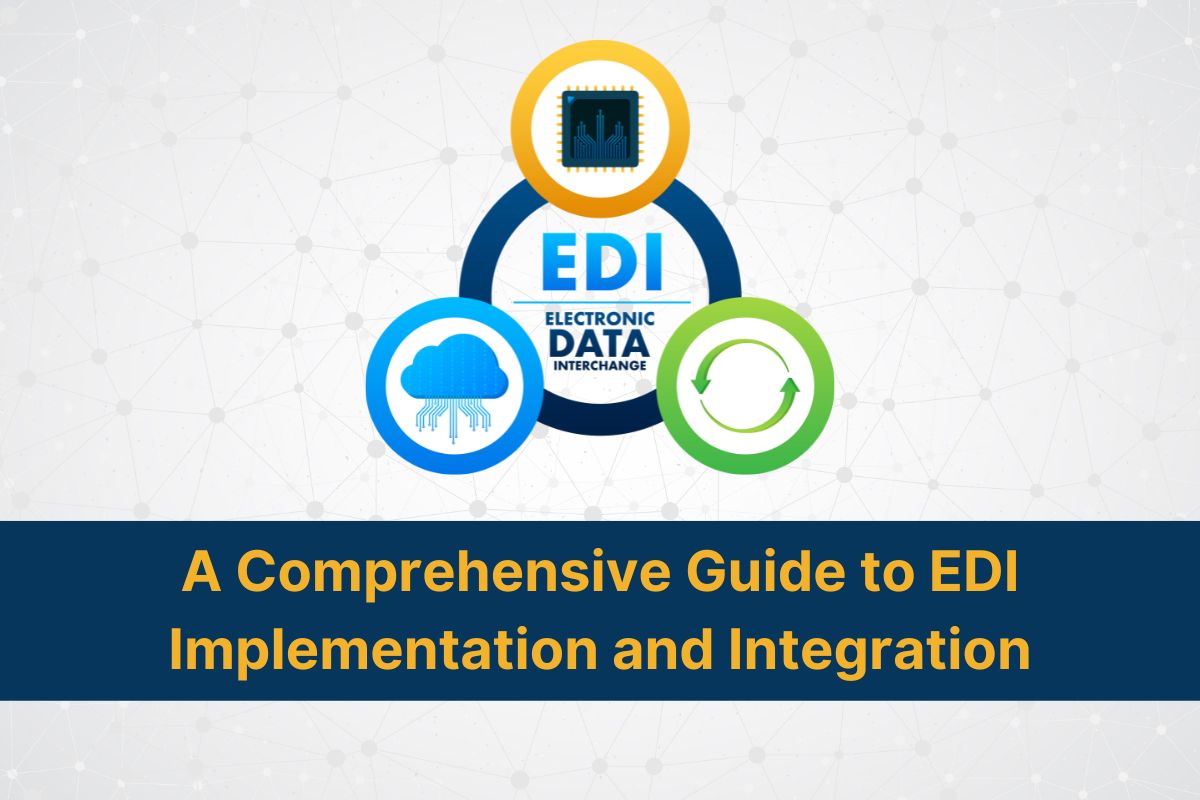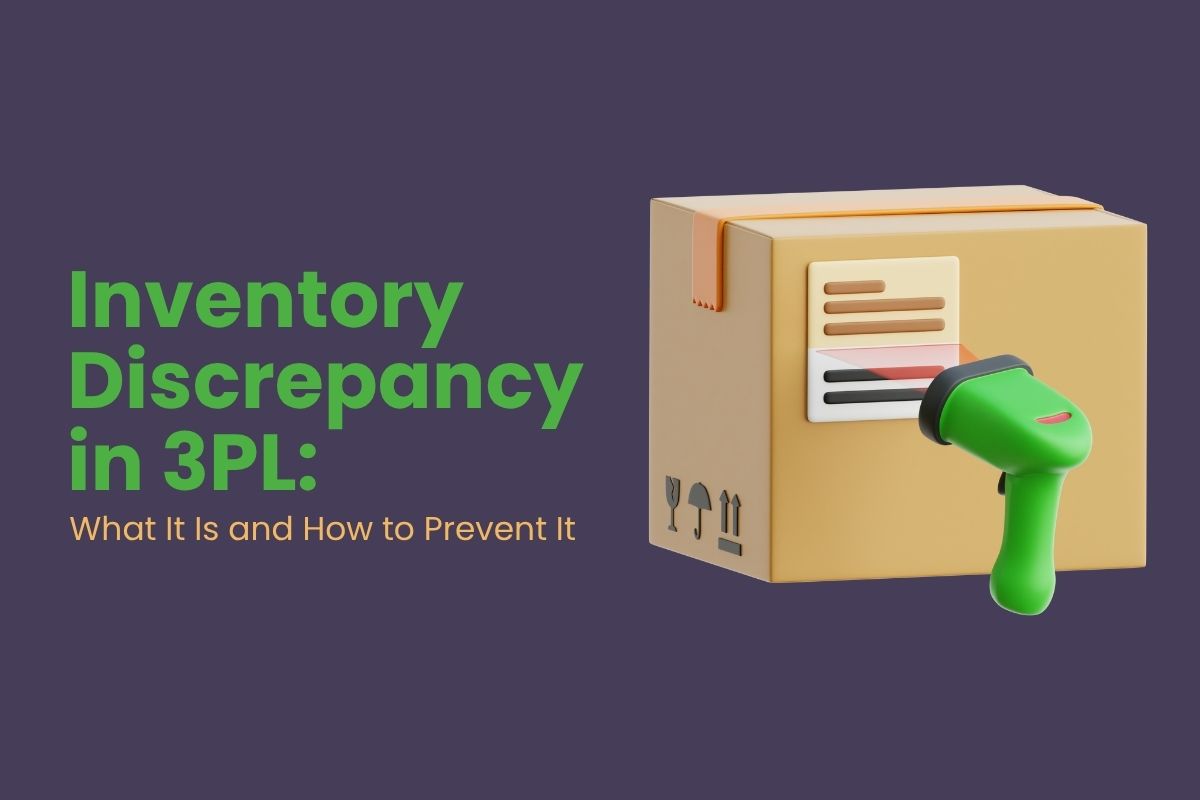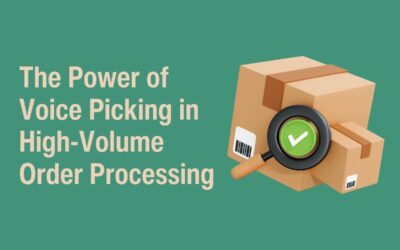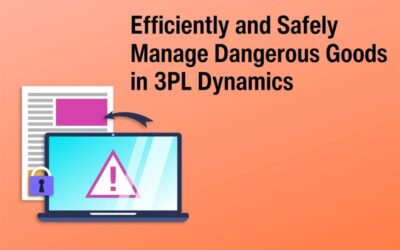EDI is a computerised exchange of business documents in a standardised format between trading partners. It allows companies to electronically share information, reducing the need for manual data entry and cutting costs associated with paper transactions. EDI transactions include purchase orders, invoices, shipping notices, and other business documents. The EDI standard ensures both sender and receiver easily understand these documents. EDI is particularly vital in the supply chain and logistics industries.
Prerequisites/Kickstart of EDI for Successful EDI Implementation
Implementing EDI across your organisation and enterprise resource systems is a complex process.
- Any existing integrations before the start of the project? If so, which ones?
- What is the EDI message coming in and out?
- Connection methods and related (authentication/address) data.
- Example/test messages and possible information.
- MIG (Message implementation guide) or other connection descriptions.
- Test messages in original format (i.e. XML, CSV, EDIFACT, etc)
- Customer and partner contact details are exchanged between parties.
What are the benefits of EDI?
EDI is crucial for businesses aiming to improve their supply chains, reduce costs, and boost efficiency. It streamlines data exchange, minimises errors, ensures regulatory compliance, and provides real-time transaction tracking. Additionally, it enhances data security and improves speed.
Here are the key points:
- Streamlines data exchange and minimises errors.
- Reduces costs and improves speed.
- Ensures regulatory compliance and enhances data security.
- Offers real-time tracking and monitoring of transactions.
What types of EDI communication models?
Each EDI communication model has strengths. The one chosen depends on the specific needs and capabilities of the trading partners involved in the data exchange.
Some communication protocols include AS2, Transfer Protocol/SFTP (Secure File Transfer Protocol)/ FTP, HTTP(S), and SMTP.
When working with an EDI provider:
Working with an EDI provider simplifies the complex electronic data interchange process, allowing you to focus on your core business operations while benefiting from efficient and accurate data exchange with trading partners.
Here are the key points:
- Selection and Integration: Choose a provider based on your needs and integrate their solutions with your systems.
- Mapping and Translation: Collaborate on mapping business documents to EDI formats and translating data into EDI standards.
- Validation and Monitoring: The provider validates transactions for accuracy, monitors operations, and resolves issues.
- Support and Scalability: Providers offer support, adapt to your changing needs, and help maintain compliance with standards.
What are the types of EDI documents?
Electronic Data Interchange (EDI) supports various document types that facilitate the exchange of information between trading partners. These are EDI messages: X12, EDIFACT, CSV, XML, JSON, and TXT. These message types standardise and streamline various business processes in different industries by providing a standard format for electronic data exchange.
How EDI message flows work?
Inbound EDI flow:
- Receipt: Inbound EDI messages are received from trading partners via a chosen communication method. (e.g., HTTP, AS2, SFTP).
- Translation and Validation: These messages are translated from standardised formats (e.g., ANSI X12, EDIFACT) into a format compatible with internal systems. (EDIFACT convert into XML).
- Enhancement and Integration: Additional information from internal systems can be integrated into the EDI data, and validated data is integrated into back-end systems.
- Acknowledgement: A Functional Acknowledgment is sent to confirm receipt and successful processing of the inbound EDI message.
- Exception Handling: Any validation, translation, or integration errors are addressed and resolved.
- Monitoring: Continuous monitoring and reporting tools are used to track the performance and status of inbound EDI transactions.
Outbound EDI flow:
- Data Extraction: Relevant data like orders, invoices, or shipping information is extracted from internal systems.
- Data Transformation and Validation: This data is converted into a standardised EDI format (e.g., ANSI X12, EDIFACT) and verified according to partner requirements.
- Data Transmission: The outbound EDI message is sent to the trading partner using a chosen communication method. (e.g., HTTP, AS2, FTP, SFTP).
- Acknowledgement: Functional Acknowledgments are received from the trading partner to confirm receipt of the outbound EDI message.
- Monitoring and Tracking: Monitoring tools track the status and performance of outbound EDI transactions.
Example of why EDI implementation is required:
A global manufacturing company relies on an extensive supply chain to procure raw materials, manage inventory, and distribute finished products. EDI plays a crucial role in optimising these supply chain processes.
Ready to transform your business processes? Dive into the world of simplified data exchange with EDI implementation. Discover cost savings, enhanced efficiency, and improved supply chain dynamics. Click here to embark on your journey to a more streamlined future!
Do you have a question?
Interested in seeing the solution in action? Book a free demo with us today!







